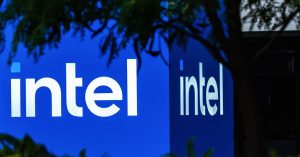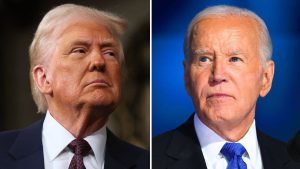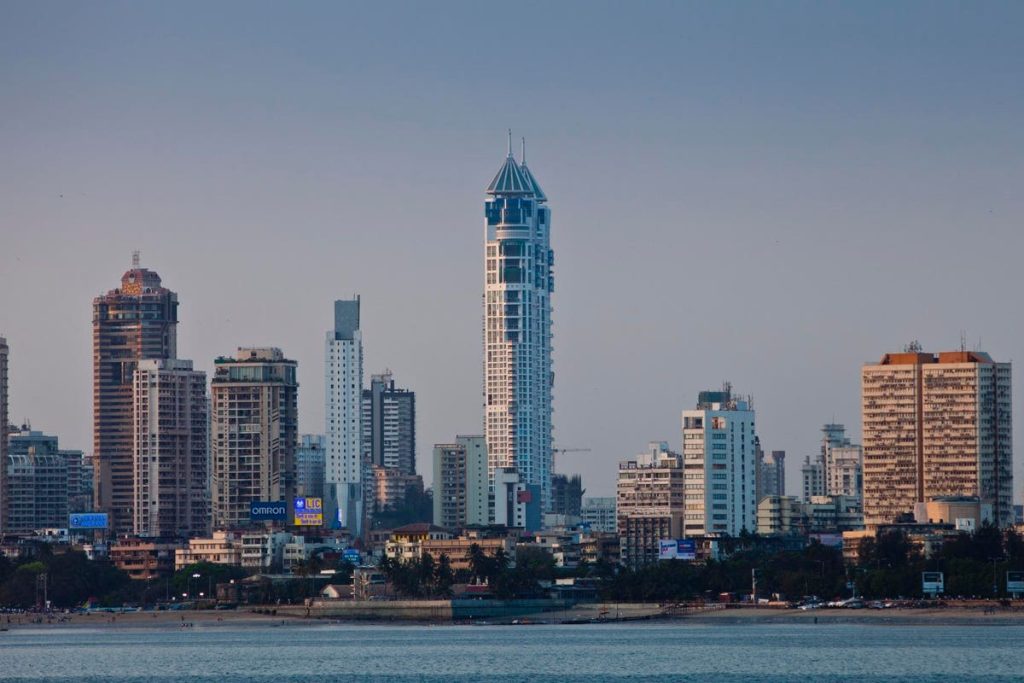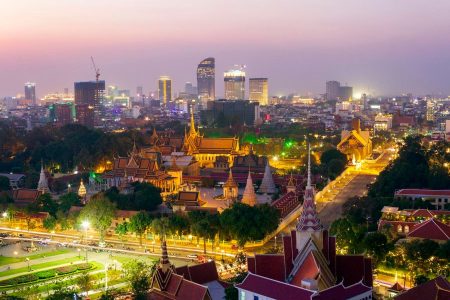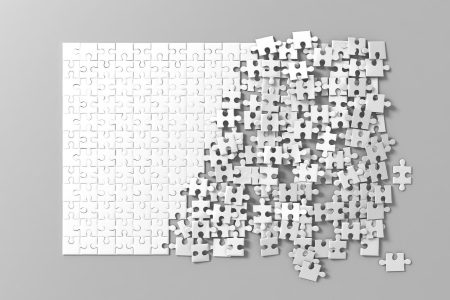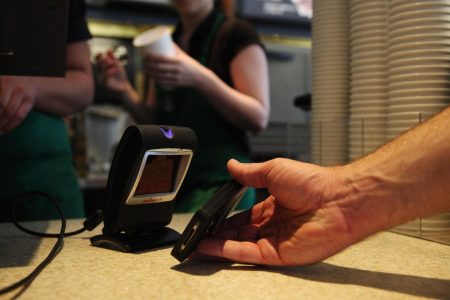In recent years, the biggest credit story in India has been buy now, pay later, sometimes abbreviated as BNPL. Tremendous demand for credit has driven the BNPL boom in the subcontinent, but tighter regulation and slower growth are both now inevitable.
As BNPL slows in India, there is an opportunity for the overlooked – but better regulated and steadily growing – credit card segment to build market share. To be sure, credit cards remain more of a premium product in India now than BNPL and the market is significantly smaller than for installment payments. Still, it is not small given India’s overall market size.
India’s credit card penetration is currently estimated at about 5.5% of the population of 1.4 billion, or 77 million people. While the penetration rate is low, it already includes a market larger than the entire population of Malaysia or Thailand. As India grows richer, its number of potential credit card users will grow steadily.
Surge In Credit Card Use
Data from the Reserve Bank of India (RBI) show that credit card use in India has ticked up significantly over the past year. In April 2023, India had over 8.6 crore (86 million) credit cards, up 15% from 7.5 crore (75 million) in April 2022. This number could hit the 10-crore (100 million) milestone by early 2024.
Several factors explain the fast uptick in credit card use in India. First, the overall ecosystem is growing. There are an increasing number of tie-ups between banks, cards and fintechs to facilitate credit card use.
To attract new customers, credit card companies and banks often subsidize Indians’ use of cards – sometimes with generous cashback options and other perks – for a modest annual fee of 299-500 rupees. For instance, the DFC Bank MoneyBack Credit Card offers a 500-rupee reward redeemable for cash, HDFC Bharat Credit Card offers cashback on fuel, groceries, railway tickets, mobile recharge bills and more, while the Kotak Delight Platinum Credit Card offers cashback on dining and movies.
Second, India is bouncing back strongly from the pandemic. Economic growth accelerated to 6.1% in the first quarter, among the best of any major economy. Though Reuters recently described private consumption in India as “sluggish,” research by the State Bank of India tells another story.
“Credit card usage has recently surged due to an increased discretionary spending on vacation, travel, entertainment and consumer durables,” Bibekananda Panda, a senior economist at the State Bank of India, told The Hindu.
Meanwhile, India’s Crisil Ratings has found that card usage online has jumped to 60% of card spend, spread across hospitality, travel and leisure, utility bill payments, healthcare, education and consumer durables. Growth has occurred both in incremental spending and spending per card. Additionally, despite the jump in card use, delinquencies have not shot up in tandem.
The UPI Factor
An important factor that will drive India’s credit card use in the future is the gradual integration of cards with the paramount United Payments Interface payments rail. UPI’s dominance of India’s payments landscape is such that if cards gain a strong foothold on it, they are almost guaranteed to penetrate much more deeply into the Indian market. UPI’s transactions hit a new monthly record in May of 9.41 billion, an increase of 58% year-on-year, according to the National Payments Corporation of India, which operates the payments rail. About 300 million individuals and 50 million merchants use UPI in India.
The fintech In-Solutions Global Ltd estimates that the integration of credit cards with UPI will result in a 30-fold increase in credit card acceptance in India. It bases that calculation on a forecast that UPI will open up 21 crore (210 million) UPI QR payment terminals to credit cards in addition to the existing 70 lakh (70,000) point-of-sale terminals where credit cards are already accepted.
In mid-2022, the NPCI said it would allow credit card linkages on UPI. It subsequently began consulting various financial industry stakeholders, among them large credit card issuers such as SBI Cards, BoB Cards, Axis Bank and Union Bank of India.
The first UPI-credit card linkage, however, has been with NPCI’s own RuPay cards. In May, Google
GOOG
This move by Google is significant because Google Pay is the No. 2 payments app on the UPI rail, with a market share of about 35%. Overall, Google Pay has about 67 million users in India.
The Merchant Discount Rate
While credit card adoption is likely to continue growing steadily in India, one issue that will need to be sorted for credit card use to become prevalent on UPI will be the size of the merchant discount rate, the sum of fees incurred from certain digital transactions. For instance, there is no MDR on UPI payments, while the MDR on debit card transactions is capped at 0.9%. However, there is no cap on MDR for credit cards.
In July 2022, the NPCI and banks reportedly agreed to charge a 2% MDR for RuPay credit cards on the UPI network, with 1.5% going towards the card-issuing bank, and 0.5% shared with the RuPay network and the acquiring entity.
With Visa and Mastercard
MA
Read the full article here

